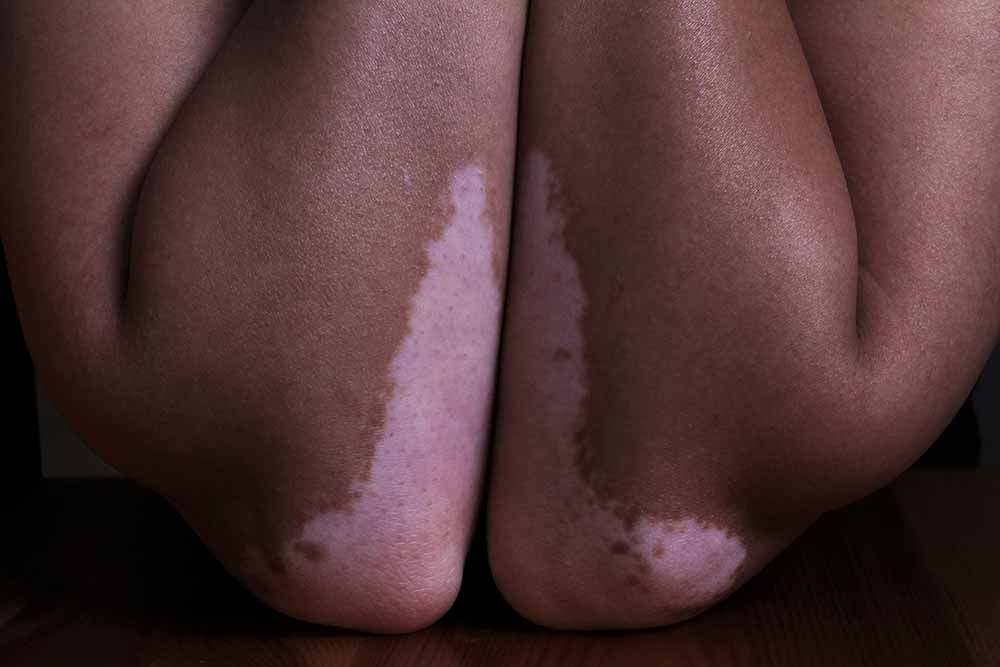The skin is said to be the largest organ of the body, which is why it is crucial to keep track of how it looks and how it feels to tell what might be happening inside your body.
Differences in ethnicity, age, health, genetic conditions, and habits are reflected in the skin. So it becomes not only a subject of vanity and a significant health indicator for many. There are a lot of skin conditions that might affect not only one’s health but also one’s overall self-esteem – one of these diseases is Vitiligo.
According to the American Academy of Dermatology, 0.2 to 2 % of people worldwide have this skin condition. This happens all across different races, but it is more noticeable in people with darker skin tone, according to the National Institute of Arthritis and Musculoskeletal and Skin Diseases.
Nature
Vitiligo (/vit-ih-LIE-go/) is a skin condition that could affect any body part. A loss of skin color causes it due to melanocytes breaking down. Usually, the skin color or hair is determined by the amount of melanin on one’s skin. However, with vitiligo, the melanin begins to die or stop functioning, resulting in discolored patches on the skin. In addition, the discolored skin then usually expands with time. However, it is important to note that this condition is not life-threatening or contagious.
Symptoms
Before breaking down the different signs of vitiligo remember that there are different types:
- Nonsegmental Vitiligo This is the most common type as the patches appear on both sides of one’s body. The patches will begin to show on the following areas of the body: hands, fingertips, wrists, around the eyes or mouth, or on the feet. Within this type are four other subtypes, namely: acrofacial vitiligo, which usually appears on the face, hands, and feet; and mucosal vitiligo, which commonly affects the mucous membranes of the mouth, nose, and genitals. There is also the localized or focal vitiligo, which appears on a few areas of the body, and universal vitiligo, which is rare and may involve 80 to 90 percent of an affected person’s skin.
- Segmental Vitiligo This one has white patches appearing on just one side of the body, such as one arm or one leg instead of both. Hair loss is also expected, and this type usually begins early in life. It rapidly spreads over six months to two years, then eventually stops progressing. However, some rare cases show that this form of vitiligo may become active again years later.
About 5 to 16 % of vitiligo cases are of this type.
- Trichrome vitiligo This is characterized by heavy discoloration around an area of lighter discoloration, followed by regular-color skin.
- Mixed vitiligo This one is a combination of nonsegmental and segmental vitiligo.
Now that we’ve listed the different types of vitiligo, here are its common symptoms:
- Aside from the patchy loss of skin color, there’s also the premature graying or whitening of hair, on eyelashes, scalp, beard and eyebrows
- Losing color of the tissues in the mouth and nose (mucous membranes)
Other symptoms include:
- Appearance of the patches of discolored skin before turning 30
- Some has changes in retina color
- Inflamed eyes and ears
Causes
Here are some known triggers that are associated with getting vitiligo:
- Patient could have an already present autoimmune condition
- Patient has relatives or ancestors that have the condition (heredity)
- Patient could be under a lot of stress, or suffering from severe sunburn or skin trauma, or has had contact with a chemical
Takeaway
It is important to know that there are a lot of treatments now present for this skin condition, from creams to ointments, photo therapies, depigmentation treatments. There are even alternative medicines, home remedies, and surgical options like skin grafting, blister grafting and skin cellular transplant. It is essential not to worry and consult immediately for treatments.
Vitiligo can be a very challenging disease. Aside from the symptoms, you are also prone to have complications, including sunburn, eye issues, hearing loss, depression, and low self-esteem. This is why doctors highly recommend dealing with the physical aspects of it and the psychological as well. It’s important to talk about it with friends and family, find support groups, see a doctor, or even get assistance from a therapist or mental health counselor. You can also join vitiligo clinical trials to help seek innovative treatments for the disease.
It is important to get help immediately to ensure optimum social, physical, and psychological well-being. If you think you are showing symptoms, do not hesitate to contact your health service provider. Take care of your health and get support. You can still live a meaningful life even if you have this condition.

